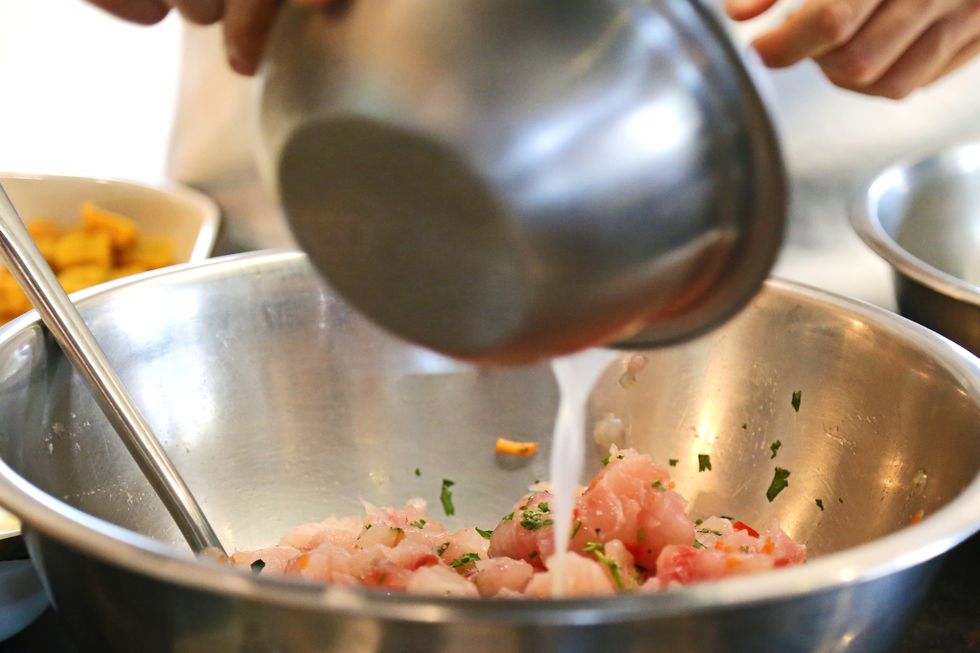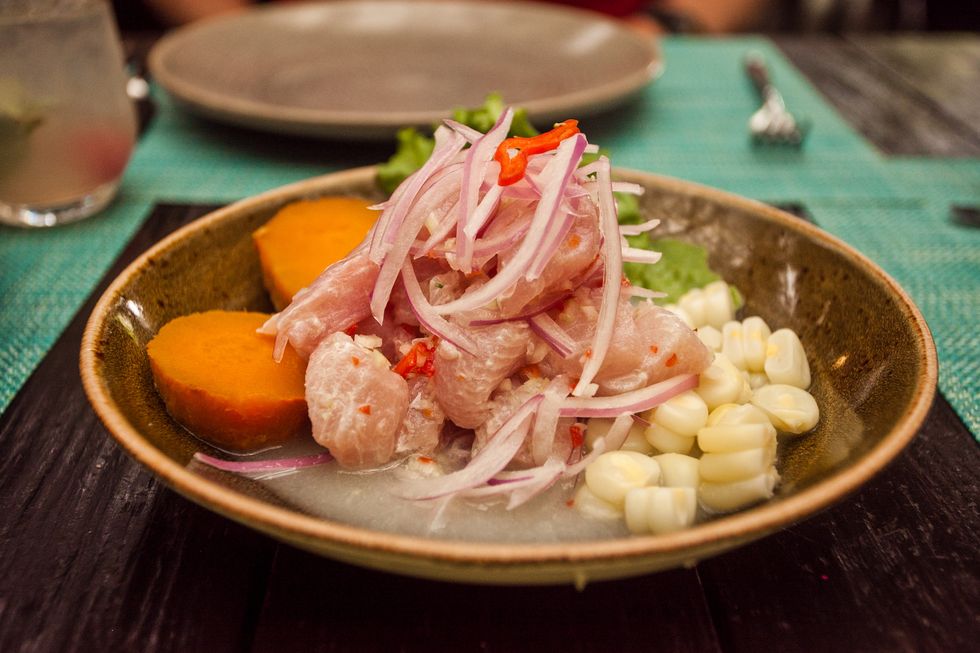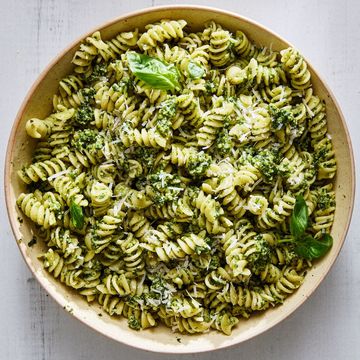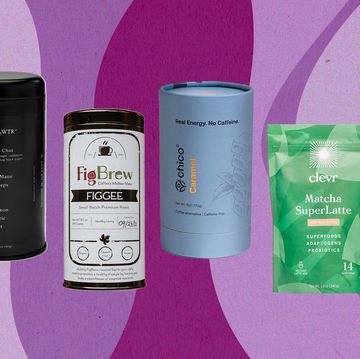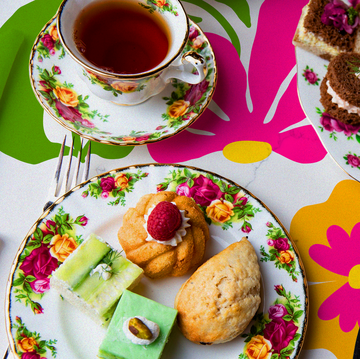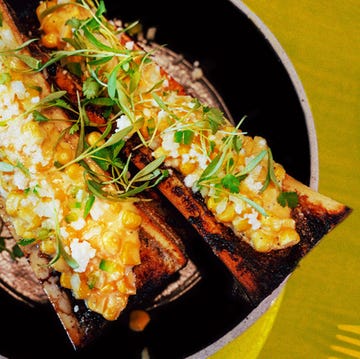The first time I had real Peruvian ceviche, at a restaurant in Lima’s cliff-top Miraflores District, it completely changed my world. I remember thinking, “How can something so simple be this good?” In the years since, I’ve eaten ceviche in El Salvador, Chile, Ecuador, and San Francisco. Each time, it’s been a whole new experience. Ceviche, I learned, is where food and culture truly intertwine.
Ceviche, also called seviche or cebiche, is a traditional South American dish consisting of raw fish or other seafood that’s been marinated in a blend of citrus juices and spices. It’s usually combined alongside other ingredients like onions, peppers, and tomatoes. The result is a food that’s light, refreshing, and healthy — not to mention wonderfully easy to make.
While ceviche has its roots along South America’s Pacific coastline, its exact origins are murky. Both Ecuador and Peru lay claim to the dish, which also incorporates European culinary techniques and native Asian ingredients. Nowadays, the variations of ceviche that exist around South and Central America are seemingly endless. Countries like Panama, Costa Rica, and Mexico each boast their own unique versions, while top chefs are experimenting with a range of textures and ingredients, from sea urchin and octopus to seafood substitutes such as mango, avocado, and heart of palm.
No one really knows where the name ceviche comes from, though many believe it stems from the Quechuan word siwichi, meaning fresh or young fish. The dish as we know it developed over time with the arrival of European colonists. Still, the process of soaking fish in acidic juices as a means of preservation had been present in South America for millennia. It’s this method of preparation that really makes ceviche sing. While most ceviche recipes call for lemon or lime juice, orange and grapefruit juices are just as effective and can add a little twist.
As raw fish macerates in citrus juices, the acidity of these juices changes and rearranges the structure of the proteins, causing the fish in ceviche to become firm and opaque while also soaking in flavor. It’s a process known as denaturation. It’s important to note that denaturation changes the appearance and composition of a fish in a way that’s similar to cooking, but it doesn’t actually cook it. Bacteria can still exist, so it’s important to use the freshest fish available when making ceviche.
What’s the origin of ceviche?
Historians have traced the roots of modern-day ceviche back at least 2,000 years to the pre-Inca Moche (or Mochica), a civilization that flourished from the 1st to the 8th centuries along what’s now Peru’s northern coast. The Moche would often marinate their fish in the tart juices of tumbo, an acidic fruit native to South America’s upland jungles.
Later, the Inca people turned to salt, ají (chili peppers), and at times, chicha, a type of Andean corn beer, to prepare and preserve their fish. But it was around the 16th century, when Mediterranean explorers introduced South American’s indigenous communities to foods like lemons and cultivated onions, as well as escabeche, an ancient Persian method of preserving food with either spiced vinegar or citrus juice, that the ceviche of today was born.
Lima writer Manuel Atanasio Fuentes featured one of the first-known written recipes for ceviche in an 1866 article, describing it as “small pieces of fish or shrimp that are bathed into sour orange juice with a lot of chili and salt.” Still, it remained very much a fisherman’s dish into the mid-20th century, when cevicherias (eateries that specialize in ceviche) began popping up in cities like Lima, eventually spreading throughout Peru, then South America, and soon enough, worldwide.
Across Central and South America, ceviche is as varied as the countries and regions that create it. From Peru to Mexico, here is detailed explanation of the the most popular variations of the dish.
Peru
Peruvians take their ceviche seriously. While ingredients tend to vary from region to region, a traditional Peruvian ceviche typically includes bite-size chunks of raw fish, like sea bass or halibut, mixed together with chopped onions, red peppers, and salt in a marinade of tart and flavorful key lime juice. It’s then plated with sides of canchita (Peruvian popcorn), slices of sweet potato, or plantain chips, and served at room temperature.
Peruvian ceviche is less soup-like than in most places. In fact, the leftover marinade, known as leche de tigre (tiger’s milk), is often poured in a separate glass for drinking. It’s especially good for a resaca, or hangover, and can also be used in cocktails.
Beloved Peruvian adaptations of the dish include ceviche de conchas negras, prepared with giant black clams that are harvested in and around Tumbes on Peru’s northwest coast; and Nikkei ceviche, a Peruvian Japanese hybrid that includes thinly sliced fish similar to sashimi with dashes of soy sauce, sesame oil, and wasabi.
Ecuador
More brothy and less spicy than its southern neighbor, Ecuadorean ceviche typically includes bell peppers, cilantro, and either chopped tomatoes or a ketchup-based tomato sauce to add a bit of sweetness. Shrimp ceviche is especially well known and is often marinated in a mix of orange and lime juices. It’s best eaten with a spoon or with chifles (fried plantain chips) for scooping.
Panama
Panamanian restaurants are famous for their ceviche de corvina (ceviche with sea bass), which uses lemon juice and includes chopped celery for crunchier texture. Offered most often as an appetizer, it’s either served within a glass or doled out atop canastitas, which are basically open-faced empanadas.
The Bahamas
Conch is a type of salty mollusk that tastes like a cross between crab and salmon. It’s also prevalent throughout Bahamian waters, making conch ceviche (also known as conch salad) a staple on many local menus. The dish utilizes a mix of orange and lemon juices, and features Scotch bonnet chiles for a touch of heat.
Mexico
Mexican ceviche varies from state to state, though most versions include raw onions, fresh-cut tomatoes, and crunchy fried tortillas for serving. Baja-style ceviche often includes mayonnaise for a creamier texture, while Colima-style ceviche comes with a side of hot sauce. This latter version also boasts unusual ingredients like carrots and olives that are added after the fish has been marinated.
Tips for making ceviche
Making ceviche at home is easy and requires only a few ingredients. The most important of these is fresh, high-quality fish. A firm or medium-firm type of white fish, like sea bass, tilapia, or flounder, is the traditional go-to, but shellfish such as shrimp and scallops work well too. One rule of thumb is to use only sashimi-grade fish that’s safe for raw consumption. While the bulk of ceviche recipes start with raw fish, you can always boil your fish before marinating it for extra safety.
Whatever fish you choose, cut it into small pieces or chunks so that it soaks in the citrus juices fully, then look for changes in color and consistency as it macerates. You want the fish to appear opaque and turn firm. Between 30 minutes and two hours is a good range of time for marinating, though it really depends on the fish. Just don’t overdo it, or your fish’s texture might become rubbery.
Try serving your ceviche on individual lettuce cups or in a wide-mouth martini glass. It’s great as either an appetizer or an entire meal. Below is a recipe for a unique version of ceviche perfect for your end-of-summer soiree.
Costa Rican Ceviche
This recipe for Costa Rican ceviche comes from the chefs at Star Clippers, a fleet of sailing tall ships that makes frequent visits to the Central American country. Unlike most variations, Costa Rican ceviche includes garlic, which adds a nutty, pungent flavor.
Prep time: 20 minutes. Cook time: 4 hours.
Ingredients
- 1 pound firm white fish (sea bass or mahi mahi is often used in Costa Rica)
- 1 small red onion, chopped
- 1 garlic clove, minced
- 5 sprigs cilantro, finely chopped
- 1 small hot pepper, seeded and finely minced
- ¾ cup freshly squeezed lime juice
- Salt and pepper to taste
Instructions
- Cut fish into small, bite-size pieces.
- Combine all ingredients except salt and pepper. Cover and refrigerate at least 4 hours or overnight.
- Add salt and pepper to taste before serving.
- Serve with tortilla chips.
Laura Kiniry is a San Francisco-based writer who has contributed to the BBC, Condé Nast Traveler, Smithsonian Magazine, Atlas Obscura, Serious Eats, Via, and Westways.
Get Shondaland directly in your inbox: SUBSCRIBE TODAY

